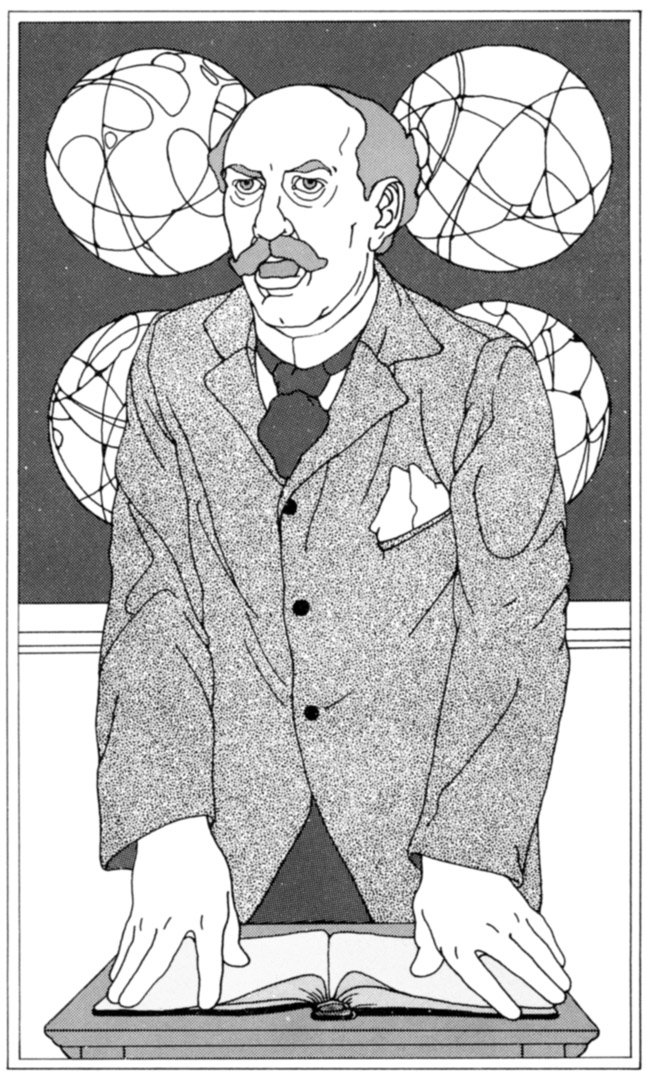
Up to fifty years ago a lot of people had a very strange belief about the planet Mars. They thought the planet was crisscrossed by a network of canals. People could not agree as to what these canals were. Some thought they were natural features, cracks on the planet’s surface.
Others disagreed. Those people said that the Martian canals were too straight and regular. They insisted that the canals had to be artificial features, that they were built by Martians.
On earth canals are used to carry water. Scientists knew that the surface of Mars had little if any water. Therefore, according to one theory, the canals must have been built thousands or hundreds of thousands of years ago. The canals had been used to help spread the planet’s shrinking water supply. But finally, according to this theory, all the water was gone. The Martian civilization died out. Only the vast network of empty canals remained as evidence that a Martian civilization had ever existed.
That is an attractive story. At one time a lot of people believed it, including some very well-known astronomers. But we now know, beyond a shadow of a doubt, that the story is wrong. In fact, there are no canals of any kind on Mars. There never have been. There probably have never been any Martians either. How and why did this very strange idea get started?
We know when and where the idea started, but we are not sure how or why.
Astronomers had been observing the surface of Mars through telescopes for a long time. Then in 1877, the Italian astronomer G. V. Schiaparelli saw something on the planet no one else had ever reported. He saw streaks across the planet’s surface.
Other observers had looked at Mars through better telescopes. But Schiaparelli was viewing the planet under unusually favorable conditions, Schiaparelli was known as a careful astronomer. His observation was taken seriously.

Schiaparelli called the streaks canali. That is an Italian word that means channels. A channel is not necessarily something artificial. But when Schiaparelli’s canali was translated into English it came out canals. Immediately everybody thought of earthly canals, which are man-made.
The canals of Mars were not accepted by scientists at once. But soon other astronomers reported seeing them. They made many different maps of these canals.
The biggest supporter of the Martian canals was the American astronomer Percival Lowell. Lowell was one of the world’s leading astronomers. What is more, he was director of the observatory at Flagstaff, Arizona. The Flagstaff Observatory was the finest observatory in the world. When Lowell looked through his telescope he should have been able to see Mars more clearly than anyone else in the world. And when Lowell looked through his telescope he saw canals on Mars, lots of them.
To Percival Lowell’s eye the surface of Mars was covered by a spiderweb of absolutely straight canals. At the points where one canal crossed another Lowell saw a dark spot. He called all such spots an oasis.
Lowell was convinced that the canals were of artificial origin. He said that they were built by Martians. The purpose of the canals, according to Lowell, was to bring water from the melting polar ice caps, to the rest of the dry planet. The water would be used to irrigate the Martian crops.
Some astronomers supported Lowell’s theory. Others believed in the canals, but doubted that they were of artificial origin. Still others said there were no canals at all. This last group was not being stubborn. They looked through their telescopes and didn’t see any canals.
At best the canals were very faint. A small difference in the type of telescope or in atmospheric conditions made Mars look different. So the controversy continued.
You might think that photographs of Mars would settle the question. But in those days photographs of planets were not very good. Photos didn’t show any canals. But astronomers could see more by looking directly through the telescope than by taking photos.
Lowell remained an ardent supporter of the canal idea until his death in 1916. After that the whole canal controversy began to die down. This was mainly because fewer and fewer astronomers reported seeing the canals.
Still, for many years occasional sightings of the Martian canals were reported, but fewer and fewer people believed in them.
The whole canal controversy was not finally settled until space probes were sent near Mars in the 1970s. The photographs sent back from these probes gave scientists a much closer look at the planet than was possible with earthbound telescopes. These photos showed no canals.
The surface of Mars is covered with craters, like the surface of the moon. There are cracks in the Martian surface. There are also the remains of what might once have been rivers. So there could have been water on Mars, though there is little or none today. But neither the cracks nor the possible dry riverbeds can account for the Martian canals. These features are far too faint to have been seen by Schiaparelli, Lowell, and others.
Then what were the “canals” of Mars? No one really knows. They were probably some sort of optical illusion. The illusion would have been strengthened by what an observer expected to see. People who believed in the canals of Mars were more likely to see them.